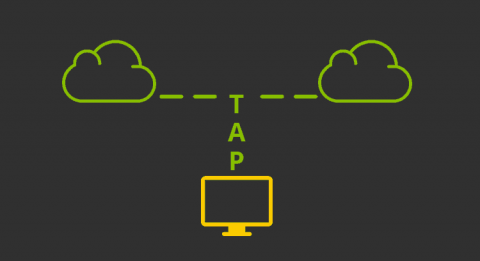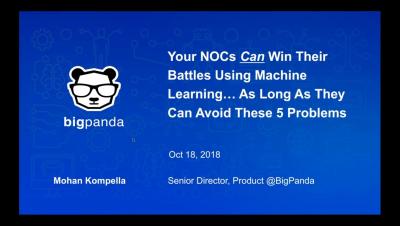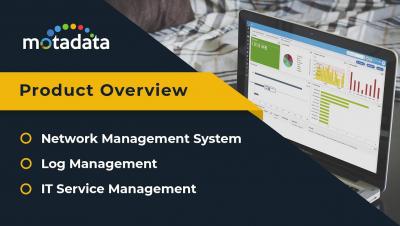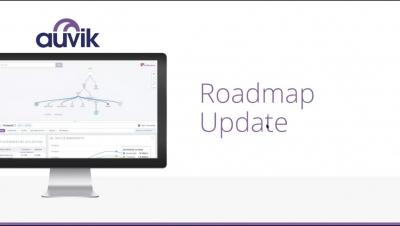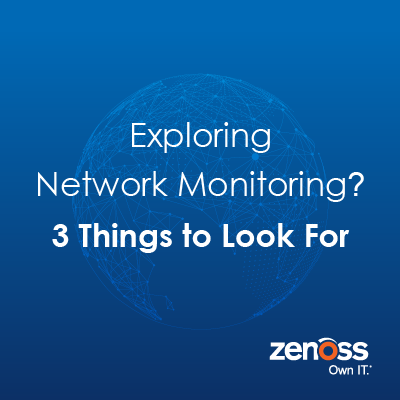Network Traffic Capture with Network TAPs
Network TAP (Terminal Access Point or Test Access Point) is the most common hardware device used for network traffic capture purpose. A Network TAP is basically a hardware designed to access the traffic between two network nodes and mirror it into a monitor port where we can connect a third party Analysis tool to listen.


